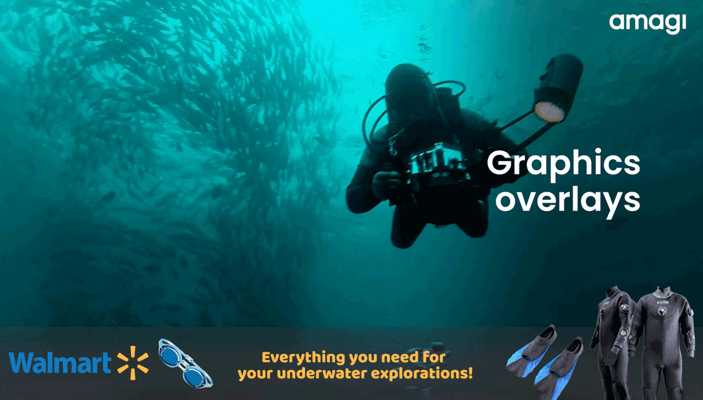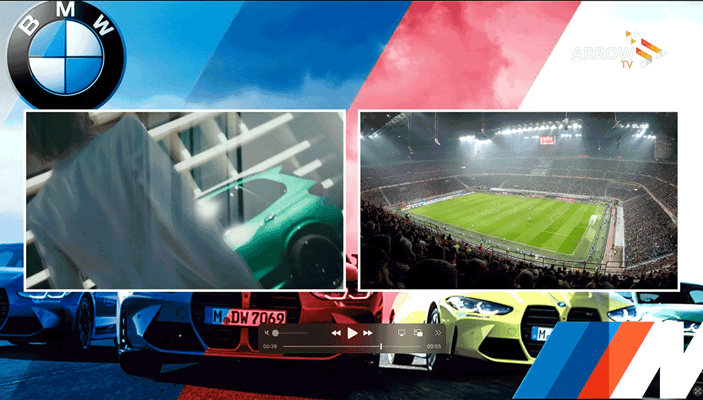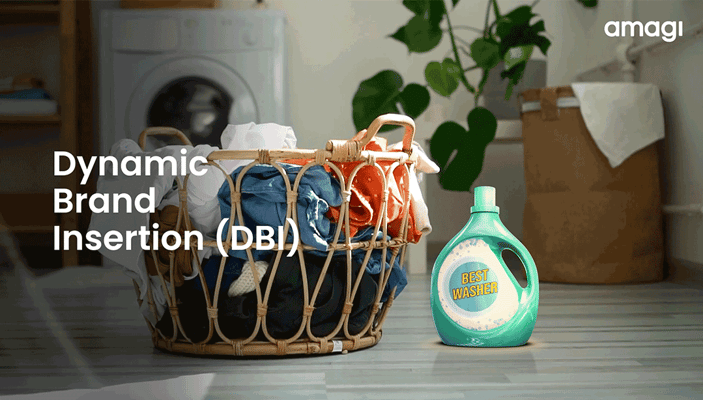The global revenue of streaming TV advertising will reach $18 billion in 2028, triple from $6 billion in 2022, according to an analysis from Digital TV Research. With giants like Netflix and Disney venturing into the ad-supported tier, it is evident that streaming TV models like AVOD (Advertising Video On-Demand) and FAST (Free Ad-supported Streaming TV) will continue to be a critical part of the ecosystem.
Ad-supported streaming helps audiences overcome subscription fatigue and makes TV viewing a more economical experience – when done right. However, redundancy in advertising hampers the modern-day viewing experience. Seeing the same ad multiple times (sometimes in the same ad break) and across several platforms and devices leads to ad fatigue.
In a Morning Consult survey, 69% of respondents said the ads on streaming services were repetitive. 51% said they’re bothered by irrelevant ads, but 64% found targeted ads invasive. While this is the case for audiences, content owners and advertisers lose billions of dollars by airing ads too many times to reach the desired audience.
An effective ad strategy requires mastering the ad length and strategically building ad pods. Still, the most important approach is to look beyond regular commercial breaks to reach your audience unobtrusively.
Tips to overcome CTV ad fatigue
As a content owner, you can up your advertising game by creating more ad opportunities without increasing the pod length or disrupting the overall viewing experience. In-content ads help achieve this.
In-content ads are non-intrusive ad formats that offer incremental opportunities to reach audiences in newer ways. When exclusively targeted and personalized, these ads deliver a considerably higher return on ad spend (ROAS).
Some of the most sought-after in-content ad units are:
1. Graphics overlays

Also known as nonlinear ads, these are intuitively displayed within the video, usually on the lower third, away from the main action, based on what a viewer is watching. A study by Magna and GumGum found that overlay ads are perceived as less distracting, and only 17% of the respondents agreed to a disrupted viewing experience. Overlay ads are 4x more memorable and drive 72% more savings for advertisers. The most familiar example is the lower-third graphic overlay ad during a live sports event. When a second smart device is available, 65% of the users look up the advertised product or service.
2. L-bands

These L-shaped ads play with the content for a defined duration and frequency based on the requirement or use case. They appear on the left side and bottom of the screen, dominating the visual space, so they’re hard to ignore. L-bands help you effectively reach the audience with a high-impact, creative message.
3. Picture-in-picture (PIP)

These ads offer an engaging experience by playing the content in an inset window for a short duration while displaying an advertisement in the freed-up space. This ad format is most prevalent during sports live streams but is also adopted by content owners beyond sports.
4. Dynamic brand insertion

This non-intrusive ad format includes brand insertion – where a 2D image of a brand is shown as a part of the video, and product insertion – where a 3D product not originally present in the stream can be added to a scene. These ads increase views, have a better brand recall, and help in demographic-based advertising.
5. Interactive ads

Interactive ads push the boundaries of CTV advertising by enabling real-time interaction with the brand. Through QR codes, CTA buttons, polls, social media sharing, or filling up landing pages, interactive ads allow easy access to brands through remote control. One example is Roku and Doordash’s partnership to offer interactive food delivery ads. Interactive ads tend to have a 3.5% higher engagement rate and captivate attention 85 seconds more than other ad formats.
Amagi THUNDERSTORM helps deliver these in-content ad formats and enables generating revenue in addition to a traditional ad break. It also helps overcome ad fatigue and is a win-win for content owners, advertisers, and audiences. Given that viewers expect meaningful brand interactions in a non-intrusive way, in-content ads are a refreshing addition to the streaming ecosystem.
To learn more about how Amagi can help bring your A-game in advertising, write to us at cloudandme@amagi.com.










